In our era of digital navigation and crowdsourced reviews, we often travel with the illusion that every worthwhile experience has been cataloged, rated, and pinned to a virtual map. Yet some places still guard their most precious offerings from algorithmic discovery, reserving their authentic magic for those willing to venture beyond the documented attractions.
Here is a list of 20 towns where the most memorable experiences remain gloriously unmapped. These towns reward travelers who abandon digital guidance in favor of human connection, spontaneous turns, and the willingness to explore beyond the geotagged highlights.
Barichara, Colombia

This pristine colonial town boasts perfectly preserved architecture, but its true magic happens in unmarked paper-making workshops hidden in private homes where artisans continue traditions dating back generations. The sweeping valley views from paths behind the cemetery rival any official mirador, while conversations with stone carvers working in dusty yards reveal the living heritage no tourism website adequately captures.
Residents often guide visitors to family-run restaurants serving regional dishes prepared according to recipes passed through generations.
Kanazawa, Japan
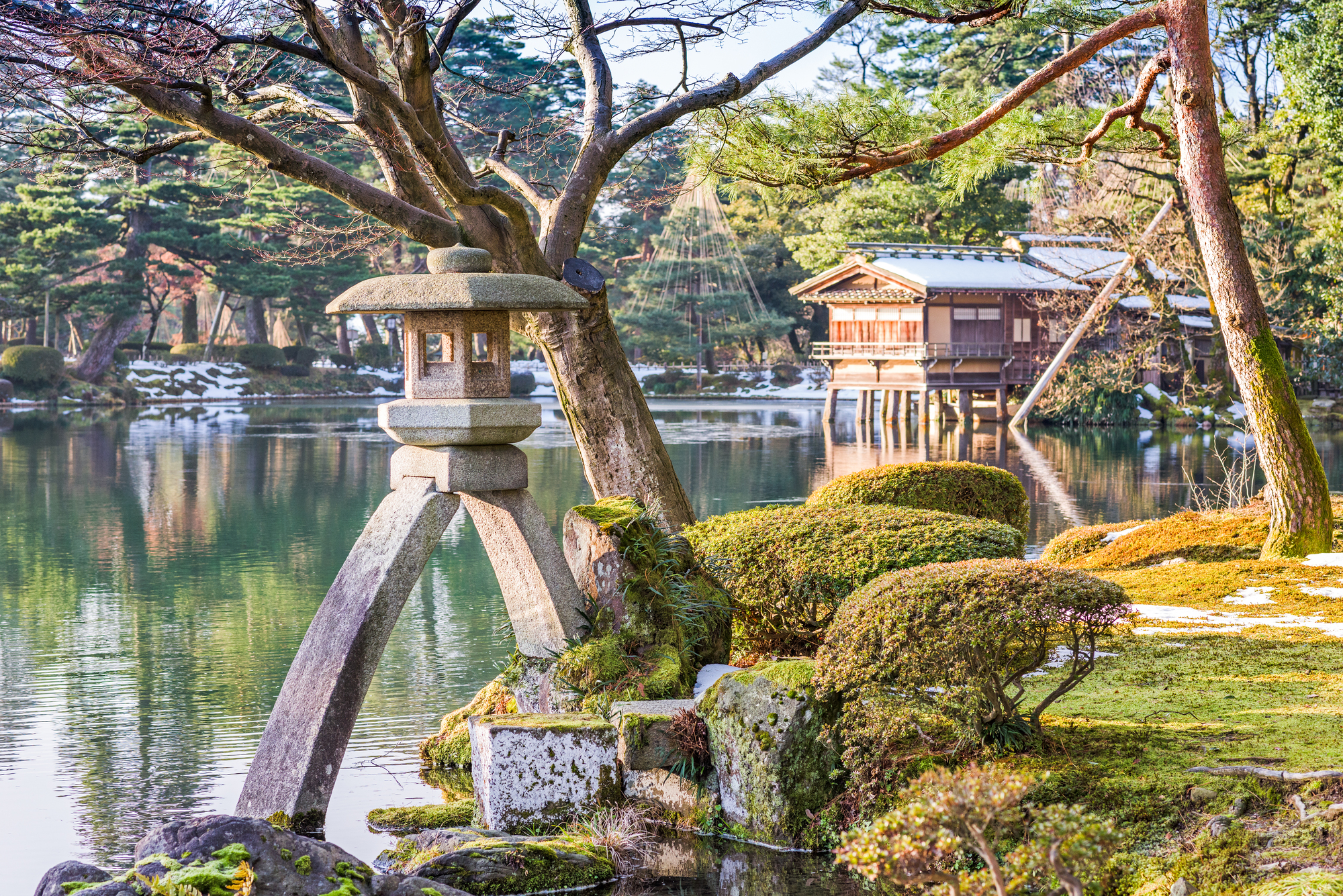
Beyond this city’s famous Kenrokuen Garden lie neighborhoods where traditional crafts continue in workshops identifiable only by the distinctive sounds of metalworking or subtle aromas of lacquer. The most sublime local experiences include morning visits to backstreet temples where monks perform rituals unchanged for centuries and meals at family restaurants where grandmother-chefs personally select seasonal specialties.
The city intentionally maintains a low-key presence that rewards curious wanderers while gently discouraging mass tourism.
Like Travel Pug’s content? Follow us on MSN.
Matera, Italy

The famous Sassi cave dwellings draw travelers to officially designated viewpoints. Yet, the most profound experiences happen in the inhabited caves where families maintain traditions established when their ancestors carved homes from limestone. Unmarked pathways lead to underground cisterns and ancient rock churches with faded frescoes visible only when a resident unlocks a weathered wooden door.
The distinctive bread made in wood-fired community ovens represents a living heritage that exists primarily through personal connections rather than commercial packaging.
Olinda, Brazil
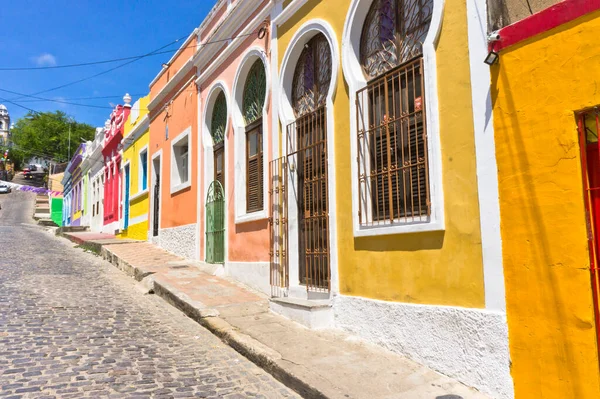
This colorful colonial town preserves its artistic soul in unmarked studios where craftspeople maintain traditions largely invisible to casual visitors. The most authentic musical experiences happen when local musicians gather for informal sessions on residential patios after official venues close.
At the same time, the true culinary heritage reveals itself through home-cooked regional specialties served in family kitchens. The panoramic views from hilltop locations known primarily to residents provide perspectives absent from tourist materials.
Luang Prabang, Laos

While travelers photograph the famous morning alms procession along the main street, the most meaningful spiritual experiences happen in lesser-known temples where novice monks welcome conversation and unexpected meditation sessions. The most authentic food emerges from unmarked home kitchens where families prepare regional specialties using techniques predating French colonial influence.
The natural swimming pools upstream from the popular Kuang Si Falls offer pristine experiences to those who follow local children rather than tour groups.
Like Travel Pug’s content? Follow us on MSN.
Gjirokastra, Albania
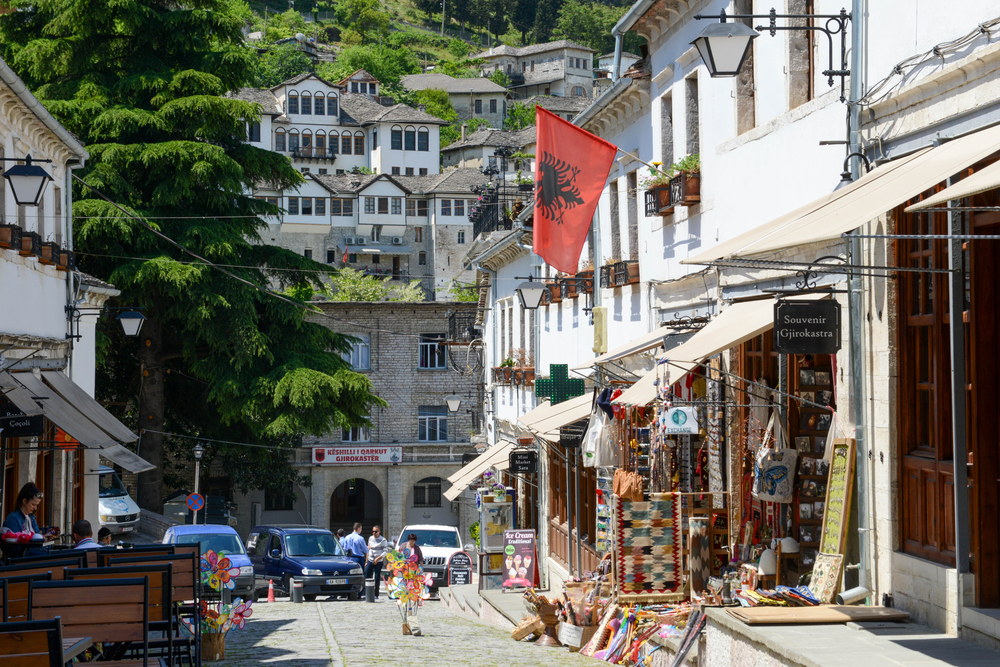
This Ottoman-era stone city guards its deepest treasures in the private homes where families maintain traditions largely unchanged despite Albania’s tumultuous history. The most revealing cultural experiences happen during impromptu invitations to drink mountain tea in courtyards hidden behind massive wooden doors.
Local shepherds often welcome curious visitors to join them on unmarked trails up to mountain pastures, offering perspectives on the slate-roofed city below that organized tours cannot duplicate.
Tepoztlán, Mexico
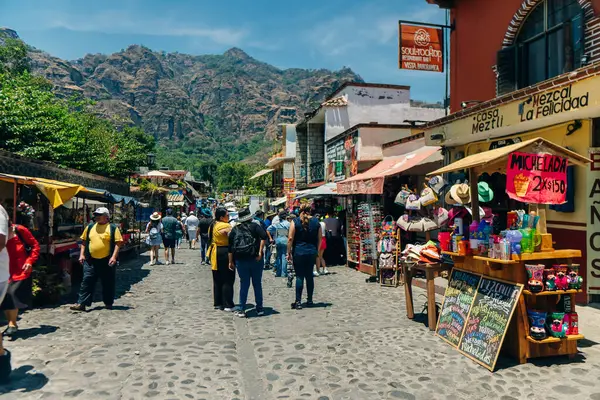
This mountain town attracts visitors to its impressive pre-Hispanic pyramid, yet its spiritual heart beats strongest in the unmarked homes where traditional healers practice ancient knowledge. The most powerful experiences include temazcal ceremonies in private gardens where families maintain sweat lodges for purification rituals rather than tourist entertainment.
The mountain paths known primarily to local foragers lead to medicinal plant gathering areas and ceremonial locations entirely absent from hiking apps.
Udaipur, India

Beyond the magnificent lake palaces that grace travel magazines, the authentic city thrives in the unmarked artists’ workshops where families have practiced traditional miniature painting for centuries. The most genuine musical performances happen in private courtyards where classical musicians gather after fulfilling tourist obligations, playing for personal satisfaction rather than commercial requirements.
The rooftop perspectives known to local families provide views across the city that contextualize the famous landmarks within everyday life.
Like Travel Pug’s content? Follow us on MSN.
Trinidad, Cuba

While tour groups photograph the pastel colonial architecture, the true culture thrives in unmarked homes where families host informal musical gatherings, demonstrating regional styles absent from tourist-oriented performances. The most authentic culinary experiences happen in family kitchens where recipes preserve African influences, often minimized in official cultural narratives.
The nearby beaches are accessible primarily through local connections and offer experiences far removed from the designated tourist areas.
Huanchaco, Peru
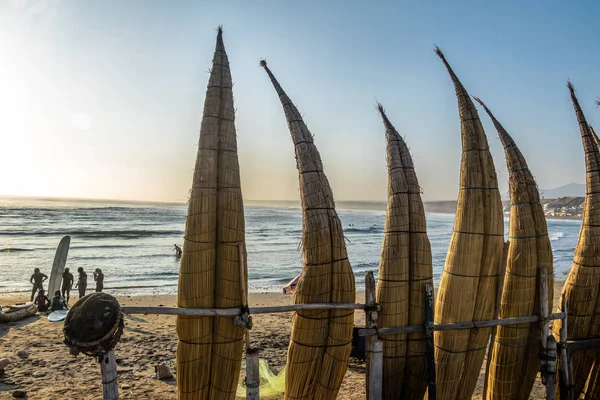
This coastal town draws travelers to its famous reed fishing boats, yet its heart beats strongest in the unmarked workshops where master craftsmen continue constructing caballitos de totora using techniques dating back thousands of years. The most significant cultural experiences include dawn fishing excursions arranged through personal connections rather than tour agencies.
The pre-Columbian spiritual connections to the ocean reveal themselves during community ceremonies rarely mentioned in guidebooks.
Zagora, Morocco
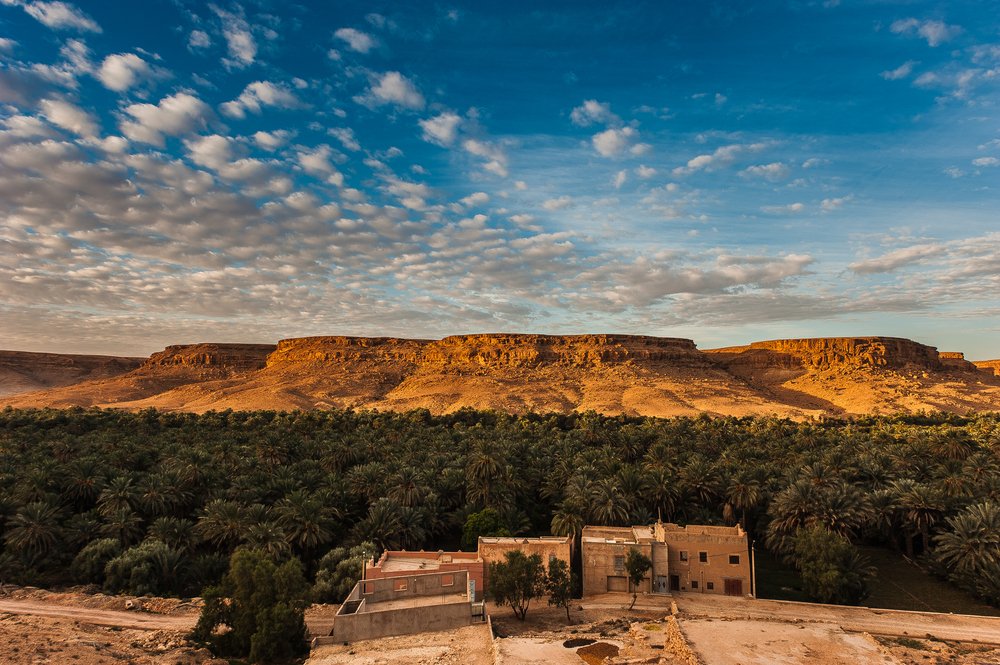
This desert gateway town appears in itineraries primarily as a jumping-off point for Sahara excursions. Yet, its authentic culture thrives in family compounds where nomadic traditions continue despite increasing settlement. The most genuine cultural exchanges happen through chance meetings with elders who share knowledge of traditional navigation methods and medicinal desert plants.
The family libraries containing ancient manuscripts reveal intellectual traditions rarely acknowledged in standard histories.
Like Travel Pug’s content? Follow us on MSN.
Paraty, Brazil
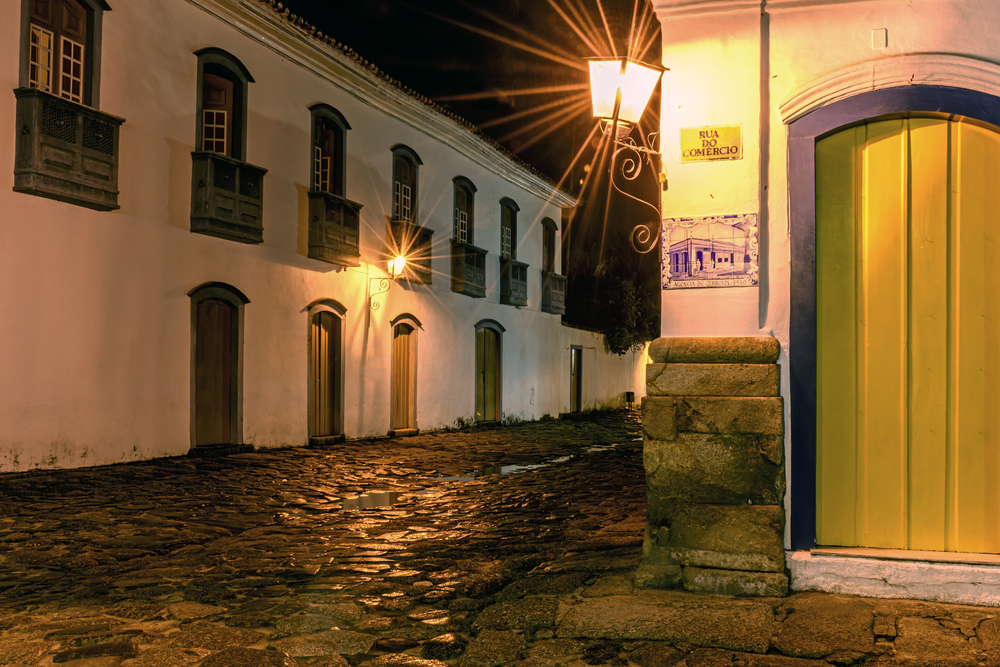
The colonial architecture of this coastal gem appears in countless photographs. Yet, its living heritage thrives in the unmarked homes where families maintain culinary traditions blending Portuguese, African, and indigenous influences. The most authentic cultural experiences include fishing with local masters who navigate the complex coastal ecosystems through knowledge passed down generationally.
The unmarked trails to pristine beaches known mainly to resident families offer experiences entirely different from the designated tourist areas.
Ubud, Bali
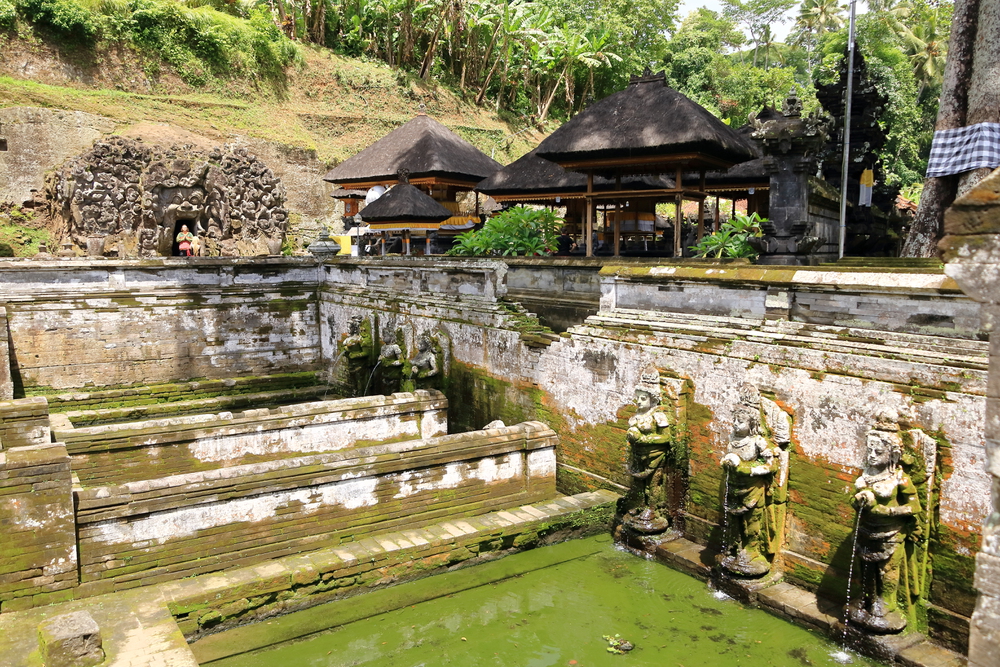
Beyond the commercialized spirituality that dominates the town center, authentic Balinese practices continue in family compounds where priests perform ceremonies according to ancient calendrical systems. The most genuine artistic traditions thrive in unmarked workshops where masters train apprentices in dance, music, and visual arts aimed primarily at community practice rather than tourist consumption.
The rice field paths known to local farmers lead to temples and natural sites imbued with significance absent from travel blogs.
Otavalo, Ecuador
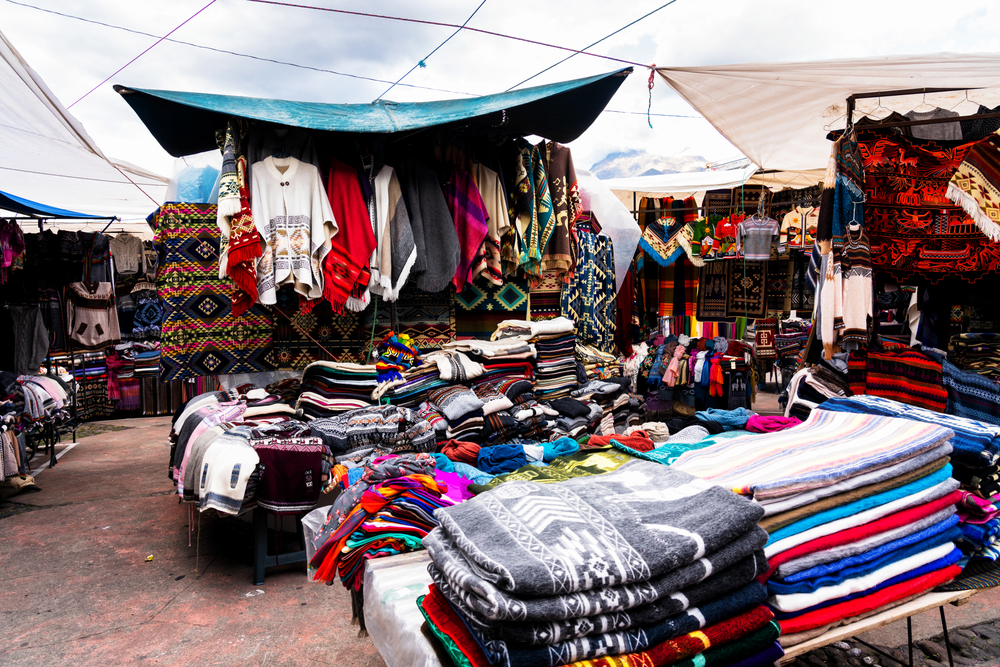
This market town, famous for its textiles, guards its cultural essence in the family workshops where traditional weaving techniques continue in spaces that welcome visitors arriving through community connections rather than tour buses. The most authentic music happens during family gatherings where instruments and vocal styles showcase indigenous heritage preserved despite centuries of outside pressure.
The unmarked trails to sacred sites on surrounding mountains offer perspectives on indigenous cosmology that official narratives often minimize.
Like Travel Pug’s content? Follow us on MSN.
Hoi An, Vietnam
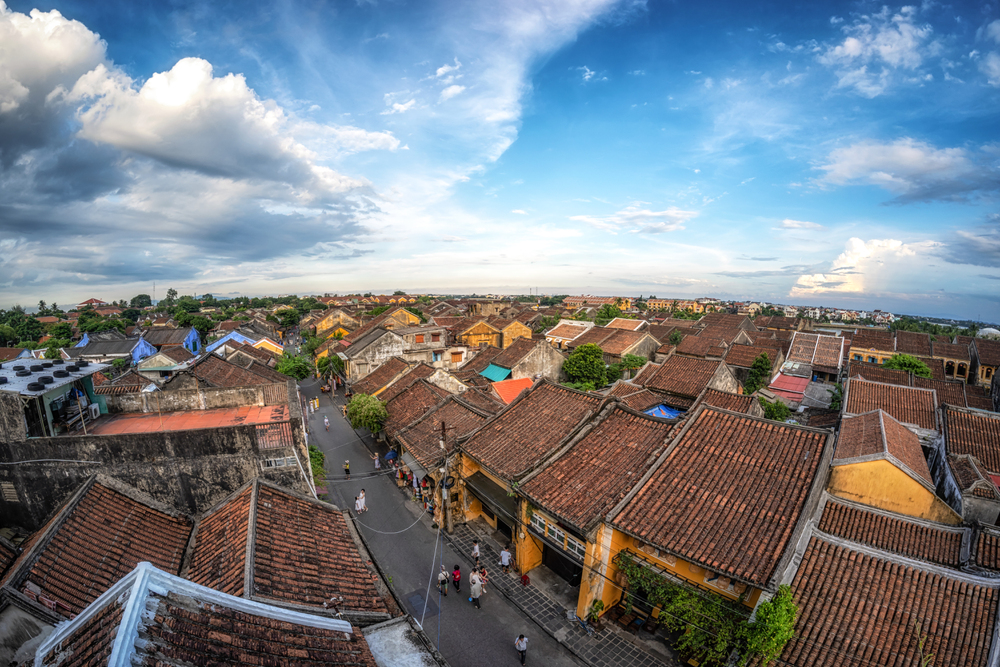
The lantern-lit ancient town draws photographers to its preserved facades. Yet, the authentic cultural heart beats in the unmarked family workshops where traditional crafts continue through knowledge passed across generations. The most revealing culinary experiences happen in home kitchens where recipes preserve distinct regional variations that commercial establishments typically standardize.
The unmarked paths through surrounding villages offer encounters with rural traditions continuing beyond the UNESCO zone.
Chachapoyas, Peru
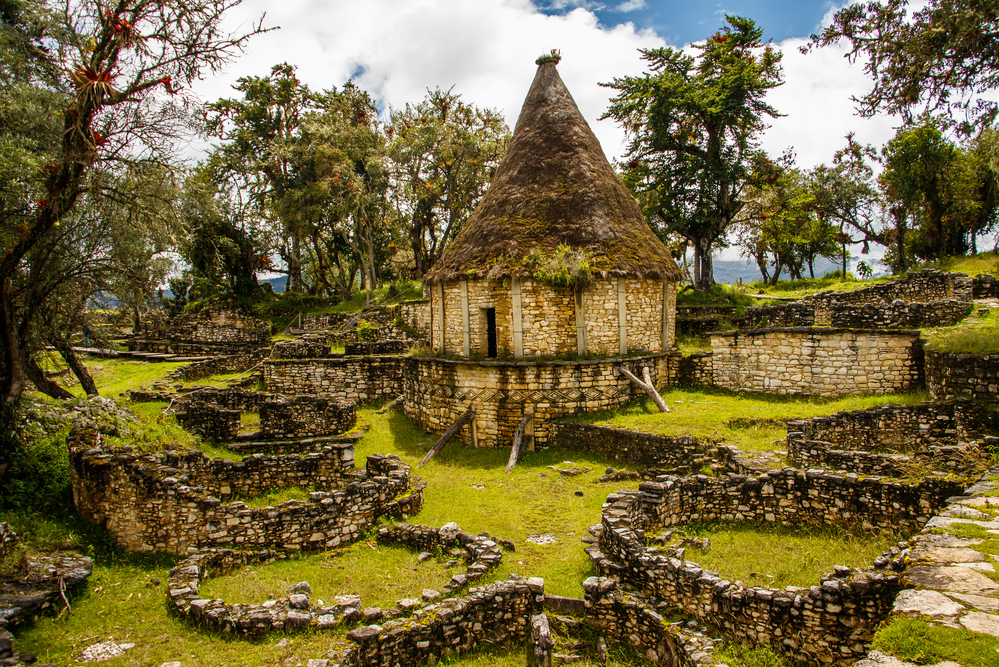
This remote mountain town serves as a base for exploring pre-Incan ruins, yet its most profound current culture exists in the family farms, where agricultural practices dating back centuries continue on terraced fields invisibly embedded in the cloud forest landscape.
Traditional textile arts flourish in unmarked homes, where patterns encode cultural knowledge surviving from pre-colonial times. The trails known primarily to local farmers lead to waterfalls and panoramic viewpoints absent from official maps.
Bahla, Oman
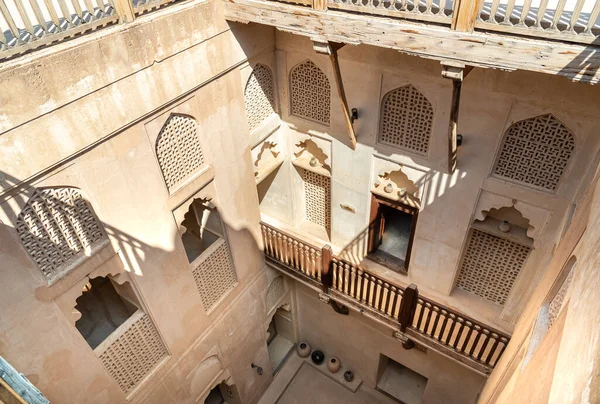
The impressive UNESCO-listed fort attracts visitors to this ancient settlement, yet the town’s living heritage thrives in the unmarked pottery workshops, where families maintain centuries-old techniques. The most authentic cultural experiences include visiting private date palm gardens, where agricultural knowledge has been a continuous practice since antiquity.
The paths leading to springs and ancient irrigation systems known primarily to local farmers reveal environmental adaptations largely invisible in standard presentations of Omani heritage.
Like Travel Pug’s content? Follow us on MSN.
Prizren, Kosovo
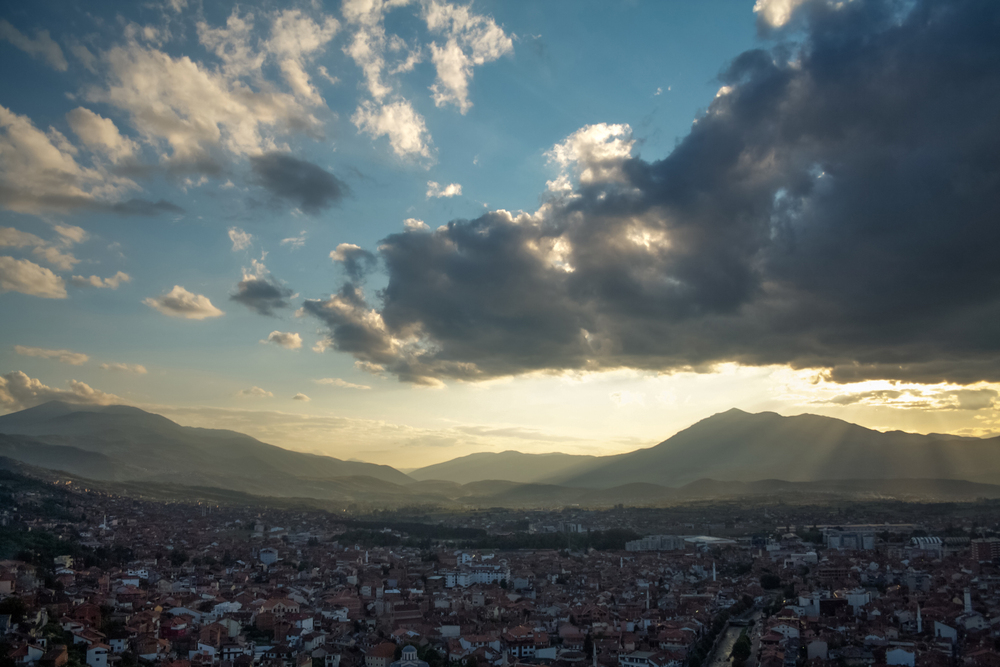
This Balkan gem preserves its multicultural essence in family homes where Albanian, Turkish, and Serbian traditions continue through food, music, and craft practices that transcend the ethnic narratives dominating official histories. The most authentic spiritual experiences happen in lesser-known religious sites where syncretic practices demonstrate cultural complexity beyond the simplified narratives of tourist literature.
The unmarked viewpoints known to local families offer perspectives on the city that reveal historical layering largely invisible from designated tourist platforms.
Pátzcuaro, Mexico
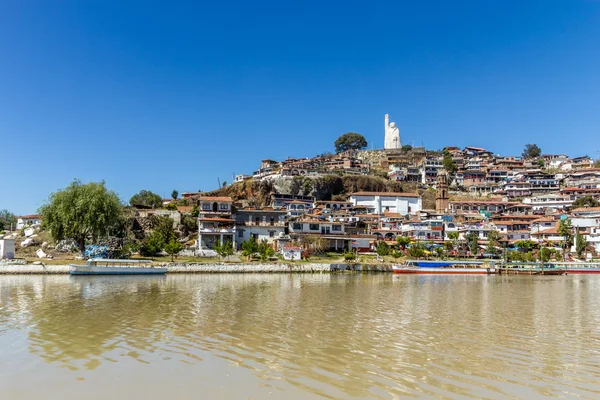
This lakeside town, known for Day of the Dead celebrations, maintains its Indigenous Purépecha traditions in family workshops, where ancient craft techniques continue through knowledge passed across generations. The most authentic culinary heritage reveals itself in home kitchens, where pre-Hispanic ingredients and preparation methods preserve nutritional wisdom increasingly rare in commercial contexts.
The unmarked islands accessible through connections with local fishermen harbor communities maintaining traditions largely unchanged despite centuries of outside pressure.
Šibenik, Croatia

Beyond the impressive UNESCO-listed cathedral, this Adriatic town preserves its maritime soul in the unmarked workshops where traditional wooden boat building continues through knowledge passed from master to apprentice. The most authentic culinary experiences happen in family konobas, where recipes showcase hyperlocal ingredients harvested according to seasonal knowledge predating modern agriculture.
The coastal paths known primarily to local foragers lead to secluded coves and seasonal fishing spots that maintain connections to the sea.
Like Travel Pug’s content? Follow us on MSN.
The Cartographer’s Blind Spots

These towns remind us that the most meaningful travel experiences often exist in spaces that resist digital documentation—the family workshops where ancient techniques continue, the home kitchens where culinary heritage lives, and the unmarked paths where genuine environmental knowledge resides.
In our era of apparently complete geographic information, they preserve zones of discovery accessible primarily through human connection, cultural respect, and the willingness to venture beyond the documented attractions. Their most precious offerings remain gloriously unmappable, rewarding travelers who understand that the heart of a place often beats strongest precisely where the digital breadcrumbs end.
More from Travel Pug

- Cities Growing so Fast You Won’t Recognize Them in 10 Years
- 13 Destinations Where Tourists Regularly Regret Their Trip
- 16 U.S. Cities That Are Quietly Becoming Travel Hotspots
- Where to Travel If You Love Long Bus Rides and Daydreams
- 20 Cities Perfect for Solo Travelers Who Crave Adventure & Culture
Like Travel Pug’s content? Follow us on MSN.
